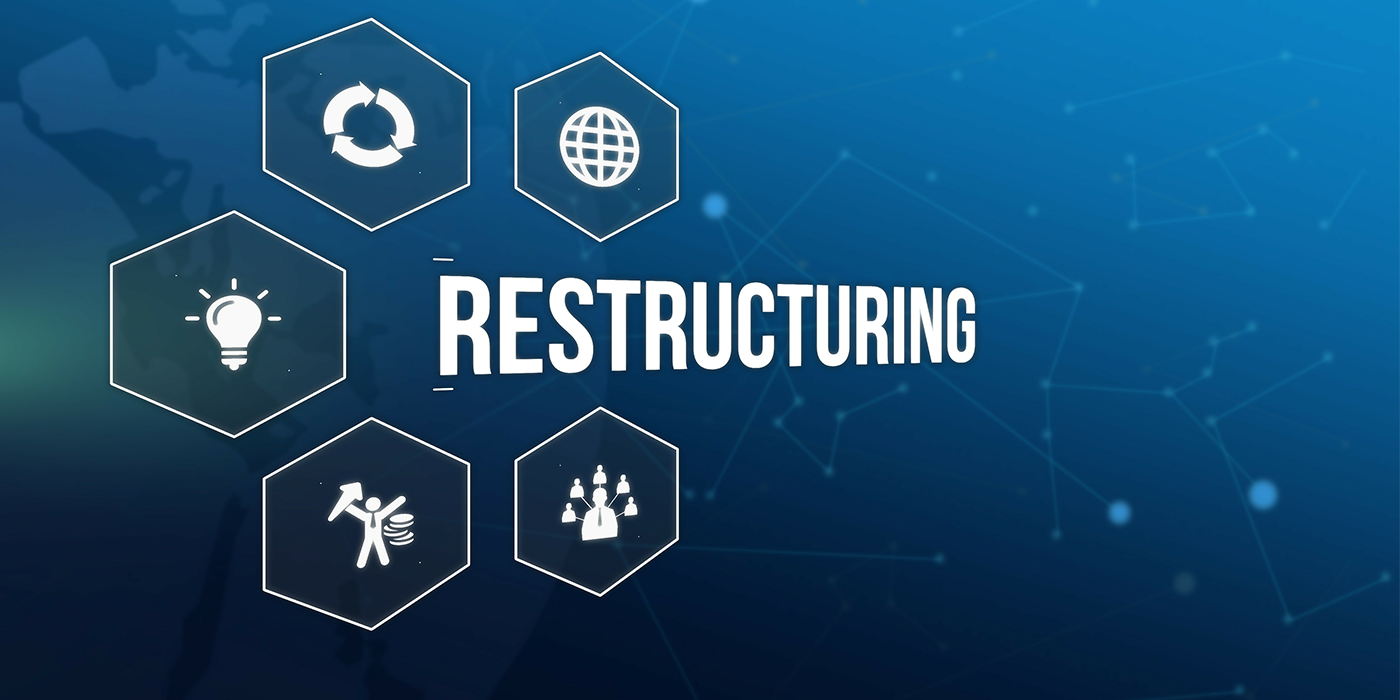Back for More?
Correcting ‘The Comeback’ Before It Happens Can Save Profit Dollars
If you label your customers as "nuts" to brush off their vehicle repair complaints and tell them to "just bring it back" without addressing the actual core problem, your comebacks are not only costing you cash today, but tomorrow, too.
"So what’s the problem? … OK, just bring it back and we’ll take care of it."
"Just bring it back."
We’ve all used this phrase over and over, sometimes too often. But I truly think it’s crossed over from being a good business practice to a phrase that permits and sometimes encourages inefficiencies in our businesses.
In some cases, "just bring it back" is a good thing for the customer. And it’s a nice comfortable thing for us to say when handling a complaint. In too many other cases, however, it’s a damaging phrase that prevents us from improving our systems.
Here’s my translation of what "just bring it back" really means: "Just call me a few times – calls that take time from my daily schedule and yours – concerning a vehicle repair that’s already been completed. Then, just interrupt your schedule and mine to bring it back so it can occupy another parking spot in my lot or bay. Then, I’ll prevent my employees from earning me a profit to re-do your vehicle."
While "just bring it back" helps to make you a more responsible businessperson, having to use the phrase regularly can mean you have holes in your system that, by their very design, create the time-consuming, customer-killing, profit-eating monster known as "the comeback."
Though I’m specifically addressing the average vehicle repair here, if you institute measures to prevent these repairs from having to return, the larger repairs will also benefit. And so will your bottom line.
Labeling Our Customers as Nuts
A comeback isn’t just a physical thing. It’s also a mentality – a mindset held by you and your employees that it’s perfectly all right and a given part of business to have customers bring back their vehicles.
I’m not referring to the customer who tries to get one over on you by coming back with what are obvious unrelated problems, like the infamous radio that used to work before you replaced the starter or the freshly aligned vehicle that now pulls to the left. These types of crooked customers are in the minority.
But, in order to avoid addressing the real problem, we sometimes make the mistake of placing all customers in the same category: The customers are nuts.
If you want to get anything out of what you’re about to read, be as honest with yourself as you’ve ever been. Getting out of the comeback mentality requires starting with a good, long, hard look at your processes.
Then you have to instill a new mentality into your loyal employees, who have imitated the attitude of management. What will you now teach? That comebacks are unacceptable and, to a large degree, totally preventable. Even if you don’t believe what I’ve just said, as long as you try to see things from the client’s point of view, you’ll have taken a major step up in true customer service.
Start right now by forever eliminating "the customer is a nut" or similar derogatory catch-all slogans from your vocabulary. Never say them again. And don’t allow your employees to say them, either. Once you or your team has tagged any customer with such a label, you’ve given yourself license to not complete any repair as you should.
Here’s how it often goes in the vehicle service business: If a vehicle comes back for having, say, some dirty fingerprints on the door fabric, it’s not because your system needs improvement (or your employees need a lesson in common sense); it’s because the customer is a nut and much too picky.
If the vehicle has to come back for a faulty replacement part, it’s not because you didn’t buy a quality replacement part or take the time to bench test it; it’s because the customer is a nut and was in a hurry to get his/her car back.
This is denial, pure and simple denial.
Make no mistake. With a "the customer is a nut" escape hatch firmly in place, any improvement in your process is virtually impossible. Why? Because if the customer is a nut, you’re not guilty of anything. It’s not your fault, and not your problem. Therefore, no improvement on your part is necessary.
We Have a Comeback Problem
Don’t customers know how hard it is to keep dirt off their doors? Don’t they know how difficult it is to find qualified help? Don’t they know selling tires just doesn’t earn us enough?
No, they probably don’t. They don’t have to know. These are your problems in a business you’ve chosen for a career. When you start making your problems your customers’ problems, you can’t and won’t address anything that will set your store apart from others that are, unfortunately, a dime a dozen.
Vehicles and their owners constantly return for things – shimmies, tires that are "out of round," squeaking brakes, oil warning lights, paint nicks, and all manner of things that "weren’t there" before the job.
But why are they there now? When you start asking questions, you may find you’ve been buying inferior parts, using the wrong parts for the vehicle, or the parts jobber sent the wrong part. Maybe your tech didn’t know there was a number change at mid-model year.
Perhaps your techs aren’t balancing tire/wheel assemblies properly, installing the right brake pads for the vehicle, or not doing a brake job correctly. Or they just didn’t do a thorough job diagnosing an electrical problem.
There are many reasons why things go – or are perceived to have gone – wrong with your work, and you’ll have to do some real digging to get at the real reason behind the comeback.
Eliminating Comebacks
A good way to start eliminating comebacks is to make a simple chart that you can use to identify which area of your business is a source of comebacks. If you keep honest and accurate information, you’ll most likely see a pattern stemming from one or more of your processes, departments or employees.
It’s possible that this tracking chart tells you something you already knew but didn’t address because you were caught in the "just bring it back" comfort zone. With enough information, charting your activities can also identify which comebacks are justified, which are phony and which are really no one’s fault.
This can also be used effectively to improve a problem department or an employee’s performance by being able to cite specific cases rather than relying on your memory. It’s also useful when the time comes for an employee review.
At minimum, a comeback chart should contain the following columns:
- Customer
- Vehicle
- Job Date
- Comeback Date
- Stated Reason
- True Reason
- Department
- Employee
You can also add more specific columns. For example:
- Initial repair cost
- Hours/days the comeback stayed at your store
- Hours spent on the comeback
- Cost of replacement/additional parts
- Cost of any rental/loaner car
- Corrective measures needed/taken
I also suggest figuring out your comeback percentage so you can determine if any of the coorective steps you’ve taken have brought improvement. Simply divide the number of comebacks per month into the number of repaired vehicles for the same month.
For example, if you repair 50 vehicles in a given month and six come back, that’s an 8.3% comeback rate. You might consider 8.3% an acceptable ratio, but if your goal is zero comebacks (and why would it be?), 8.3% is too high.
Financial Considerations
So what do comebacks cost you in real dollars? A lot. I don’t know exactly how to figure the cost – in man-hours, lost bay time, additional parts, rentals, administrative time and lost customers, both present and future – but it’s got to be a lot.
Did I say future customers? Good catch. I did, and here’s why.
Among our customers lurk some ominous figures. You see them every day. They’re the agreeable ones who don’t say much and don’t pressure you for anything. They’re the "nice guys."
But I have news for you. These nice guys are dangerous, and they don’t finish last. These are the customers who accept without complaint the repair or service you put before them. They simply nod their heads, take their keys and go on their way.
If, later on, because of your "just bring it back" comfort zone, they find a something amiss, they won’t complain – not to you, anyway. They don’t have the courage to complain to you, so they tell others instead.
With these customers, you’ll never get the chance to say, "just bring it back." And you’ll never know just how many potential customers and just how much revenue you’ve lost.
All because you didn’t get it right the first time.
Richard V. Brigidi handles site development for CollisionMax, a collision repair company with multiple locations specializing in insurance claims on late-model vehicles.













